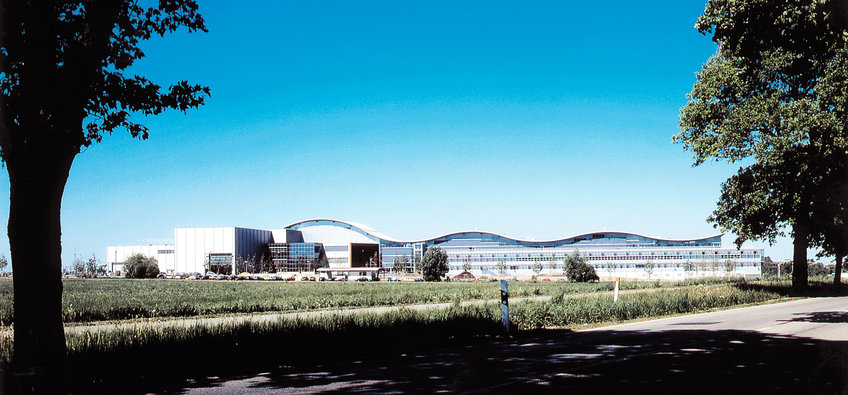
Max Planck Institute for Plasma Physics (Greifswald)
The researchers at the Max Planck Institute for Plasma Physics want to fetch the Sun's fire to Earth. A future fusion power plant is to produce energy by fusing nuclei of the two heavy hydrogen isotopes, viz. deuterium and tritium, to form helium. The fusion fire is brought to ignition in a plasma with a temperature of over 100 million degrees Celsius, that is confined within a magnetic field preventing contact with the vessel wall. The ITER international test reactor is to demonstrate that the reaction yields more energy than is required to attain the high ignition temperature. Research scientists are investigating devices of various types and the processes occurring in them. In operation at Garching is the ASDEX Upgrade tokamak, at the Greifswald branch Wendelstein 7-X, the world’s largest fusion device of the stellarator type. Experiment and theory at these sites are concerned with investigating how the fusion conditions can be realised with the greatest efficiency. Last but not least, IPP is also studying the socio-economic conditions under which nuclear fusion could contribute to the energy mix of the future.
Contact
Wendelsteinstraße 117491 Greifswald
Phone: +49 3834 88-1000
Fax: +49 3834 88-2009
PhD opportunities
This institute has no International Max Planck Research School (IMPRS).
There is always the possibility to do a PhD. Please contact the directors or research group leaders at the Institute.




